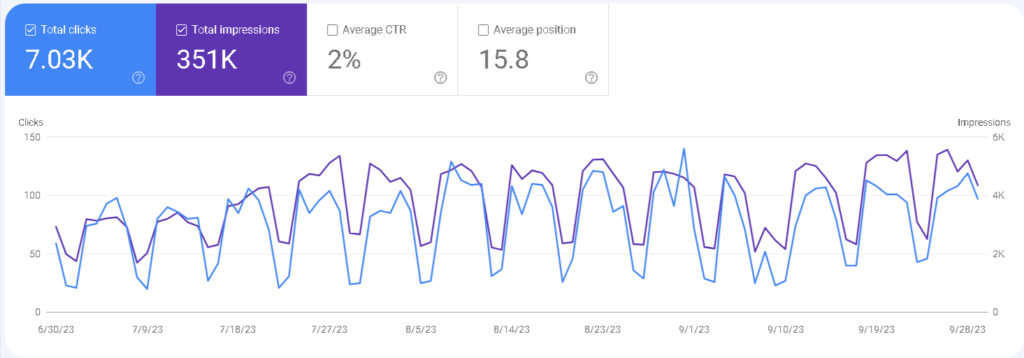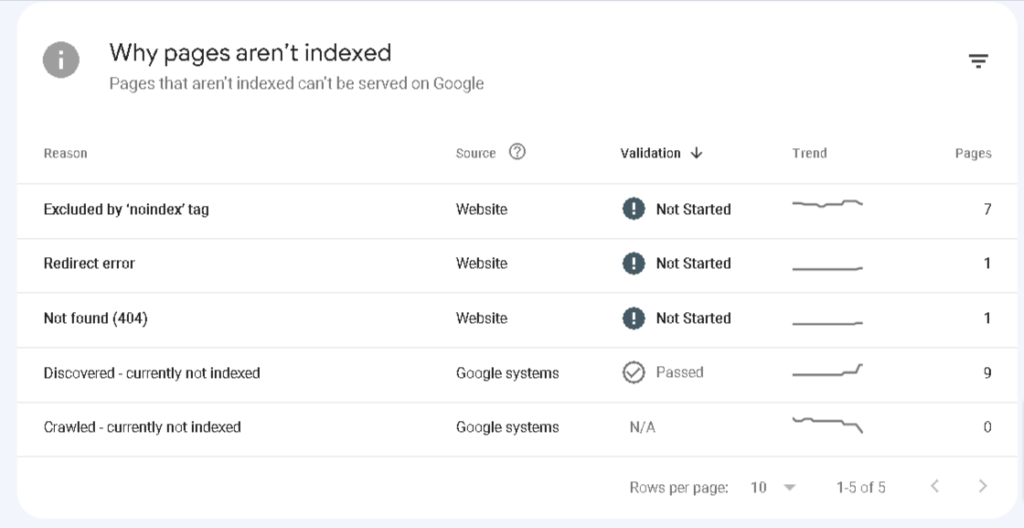Step 1: Creating Your Google Search Console Account
Visit Google Search Console: Open your net browser and visit Google Search Console.
Sign In or Create an Account: If you have already got a Google account, check in using your existing credentials. If not, click “Start now” to create a new account. Use an email address associated with your website or organization for easy access.
Add a Property (Your Website): After logging in, click on the “Add Property” button. Enter your website’s URL and click “Continue.” Ensure you include the full web address, including “https://” if applicable.

Verify Ownership: Google will ask you to confirm ownership of the website. Choose from various verification techniques, consisting of including an HTML tag to your internet site’s code or uploading an HTML file. Follow the provided instructions to complete the verification process.
Step 2: Verifying Your Domain
Domain verification is critical make certain you’ve got the authority to manage file and data of your website.
Select Verification Method: After adding your property, choose a verification method that suits you. Options include adding a DNS TXT record, using Google Analytics, or Google Tag Manager.
Follow the Instructions: Google will provide particular commands for your chosen verification approach. For instance, adding a DNS TXT document includes adding a completely unique code to your DNS settings. For Google Analytics or Tag Manager, affirm your account.
Verify Domain: Once you’ve followed the steps, click “Verify” in Google Search Console. Google will check the verification status, and if successful, your domain will be verified.
Step three: Utilizing Google Search Console’s Features
Now that you’re set up, here’s how to use Google Search Console successfully.
Dashboard Overview: After success verification, you’ll enter your Google Search Console dashboard. Explore the main sections, such as Performance, Coverage, Enhancements, and more.
Performance Reports:

Check the Performance file to recognize how your website performs in Google Search. Analyze key metrics like clicks, impressions, Click-Through Rate (CTR), and average postiton. Use this information to refine your SEO approach.
Pages:

Monitor your internet site’s indexing status thru pages under indexing. Identify and solve issues like crawl errors, index coverage, and URL inspection results.
URL Inspection Tool: This device lets you investigate a particular URL on your site. You can test if it’s listed, view move slowly information, and request indexing for new or updated content material.
Sitemaps:

Submit XML sitemaps to Google to help search engines crawl and index your site effectively. You can do this in the Sitemaps section.Sitemaps has list of all the urls in your website. You can generate sitemap from online sitemap generators.
Enhancements: Discover opportunities to beautify your internet site’s appearance in search results using structured data. The Enhancements report gives insights into potential enhancements which can be done in your website.
Security Issues: Keep an eye on safety issues by tracking the Security & Manual Actions section. Address security threats right away to ensure the protection of your website and its site visitors.
Step 4: Ongoing Monitoring and Optimization
Using Google Search Console is an ongoing technique, make it a habitual to log in and assessment your Google Search Console information. Monitor overall performance tendencies and address any troubles directly. Use keyword insights from the Performance record to optimize existing content and create new content material that aligns with famous seek queries. Ensure your website is mobile friendly, as Google prioritizes mobile indexing. Implement structured data on your site to enhance rich results and improve visibility in search. Regularly address any crawl errors, index coverage issues, or security concerns to keep your website in good standing.
Keep exploring its features, monitoring your data, and making informed decisions to improve your online presence. Google Search Console is a powerful tool that can help you achieve better search engine rankings and deliver a great user experience to your visitors.